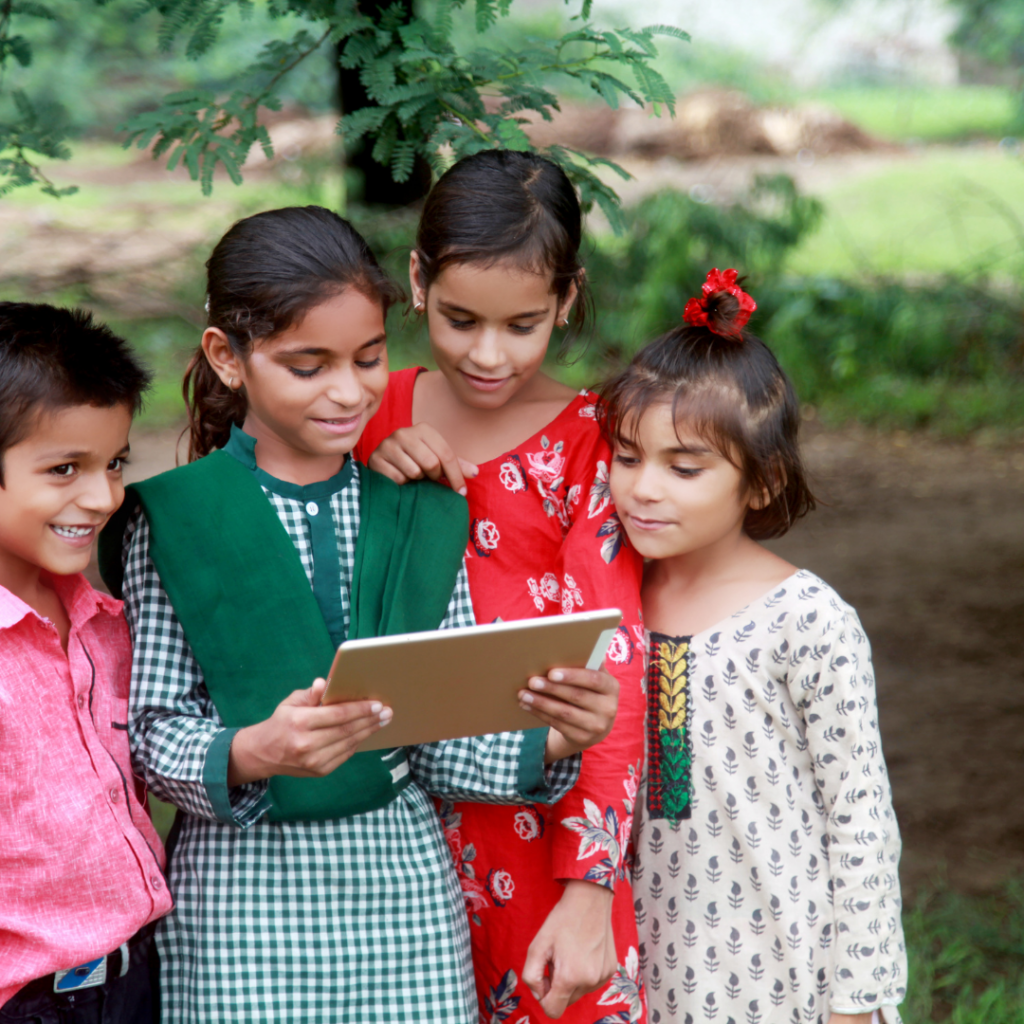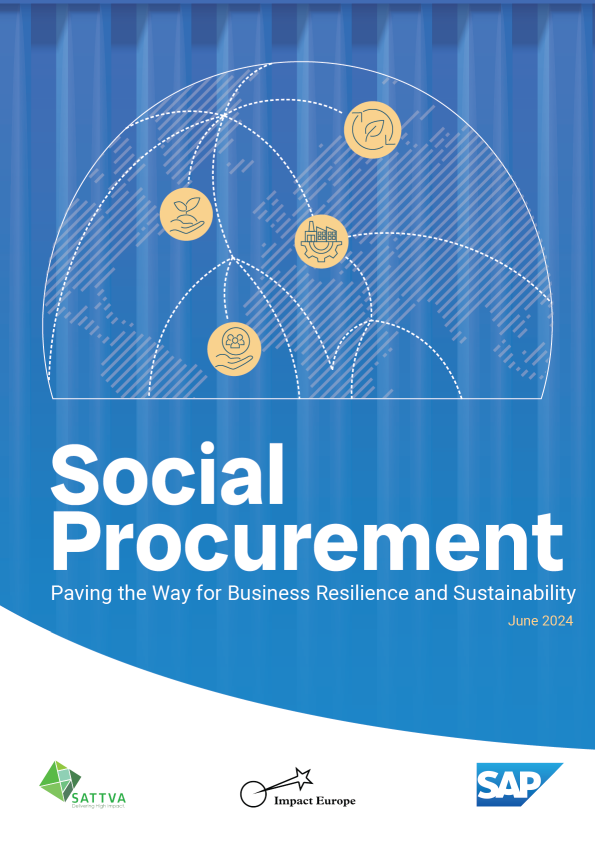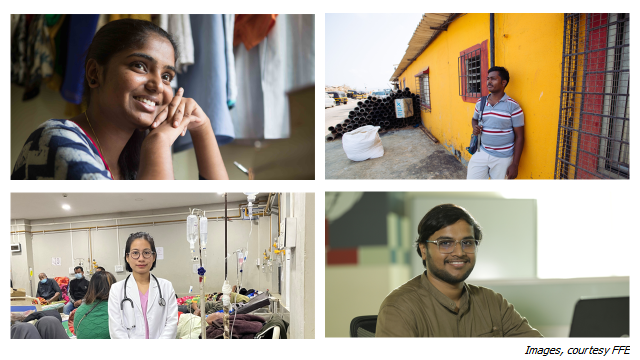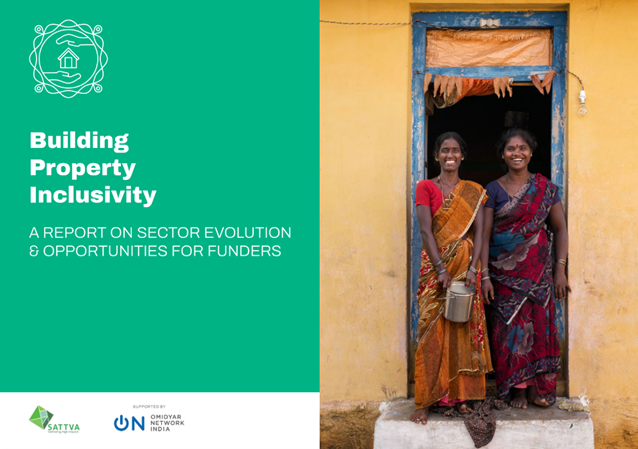Rathish Balakrishnan
28 November 2022
“It was the best of times, it was the worst of times. It was the spring of hope, it was the winter of despair.”
Though written centuries ago, these lines seem to accurately represent the current mood around EdTech in India. Following closures of promising startups, retrenchment of staff and a flurry of unflattering media coverage, it would seem that the promise of EdTech will never be realised. At the same time, multiple state governments are launching statewide EdTech initiatives. There is active dialogue, collaboration and innovation among government and civil society around how EdTech can help improve learning outcomes for students across the country. The apparent contradiction is a sign of a country that is learning to understand how to make technology work best for Education both in India and Bharat.
The evidence from the ground does highlight that technology holds the promise to deliver better learning outcomes for all children across the country. Our current education system relies on the effectiveness of teachers and parents in every pin code being equipped to support children to learn effectively. It is impossible to achieve it without technology that will aid these teachers and parents, complement their capabilities and equally importantly improve the agency of the child to engage better in education. At the same time, any effort to circumvent the teacher and the parent or remove the agency of the child will render technology ineffective. Three factors are critical to making technology work in education at scale for Bharat.
A Bharat-appropriate edtech product
According to the National Achievement Survey run by the government of India, over 50 per cent of the students are not at grade-appropriate learning levels. This is reflective of the larger reality in India today. Hence, the first precondition for an effective EdTech product is to ensure the child learns at the level they are currently in. Most commercial EdTech products that enable access to grade-level learning are ineffective with most children across Bharat. Similarly, most children beyond Tier 1 cities need to learn content in local languages. Their data access is limited and hence learning models that are intensive on mobile data are not sustainable. Hence, it is critical for EdTech products to support local languages and be data-smart in their design. Finally, children in Bharat already use different products based on their needs whether it is test prep, practice sheets, doubt clearing or understanding complex topics. Hence, EdTech products need to be clear about which needs of the child they are addressing.
A compassionate adult
EdTech has a promise of enabling both excellence and equity, which are often contradictory objectives for the public education system. Self-motivated children across India will use EdTech to pace their own learning, explore new subjects and achieve excellence. However, most children will need the support of a compassionate adult they trust to help to build their learning habits. This could be a teacher, a parent or a well-wisher in the community that students trust. The compassionate adult need not be an expert in education or technology. They would need to instil confidence and discipline in the child to learn. EdTech products, in turn, should enable the adult to engage effectively with the child by providing them with the right nudges and sharing details of the child’s learning status in a meaningful way that helps them assess the commitment and effectiveness of the child.
A steady learning routine
Learning is a habit. The challenge in EdTech is not the adoption of technology as much as the adoption of the learning habit. Hence, it is important to design learning habits that stick with children. Few proven learning routines look like a teacher ensuring every day’s homework is done on EdTech, school authorities ensuring dedicated learning hours for learning through EdTech or parents designating an hour each day as a learning hour in a designated spot at home. These routines are very context-dependent.
Data across EdTech initiatives reveal that working with local stakeholders to establish content-appropriate learning routines can increase engagement by seven times in five weeks. When teachers are engaged, in sending quizzes over WhatsApp for instance, there has been evidence of over 70 per cent engagement among students. Finding the right routine is an iterative process and when done right ensures that learning adoption is both sticky and sustainable.
They say it takes a village to bring up a child. The same holds true for EdTech as well. For us to make EdTech work for children, it is time to move away from the question of ‘Is this a good EdTech product’ to ‘Is this the right EdTech-enabled learning model’? Such a question automatically emphasises the roles of the EdTech provider, parents, teachers, non-profit organisations and governments to come together to enable effective learning.
The good news is that the enabling environment for EdTech is falling into place. Access to mobile devices and low-cost data in India is globally unprecedented. The government’s focus on building a nationwide blueprint for technology-enabled learning through NDEAR offers a scalable foundation. Over 9000 EdTech products in India are driving innovation that works for all of India. COVID has increased the acceptability of technology in education across government and society. And finally, the initial results of learning improvements through technology are promising. However, we are still early in this journey. Through state-led, market-led and philanthropy-led initiatives, we have an opportunity to learn what works and scale what works. And to achieve that, we need collaborative action that brings together all stakeholders and learns across the diverse contexts that make up India and Bharat.
Source: Business World, 28 November 2022




